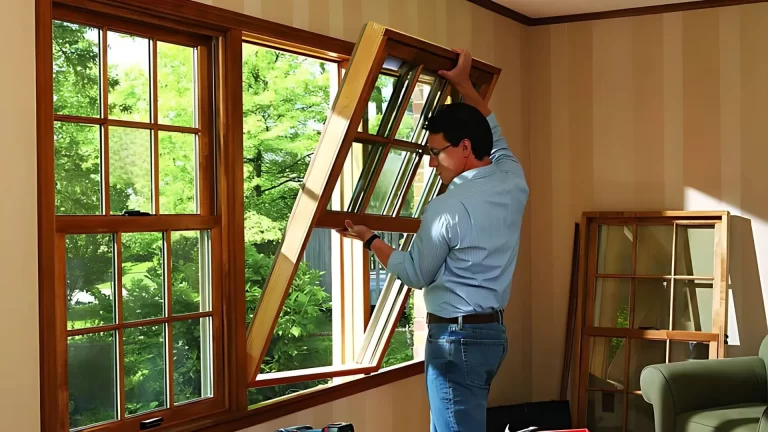
Over the past ten years, there has been a significant shift in the way we watch television. The days of turning to standard cable TV as the primary source of entertainment are long gone. Viewers now have more alternatives than ever because of the growth of streaming services, which has significantly changed how material is distributed and consumed. Cable companies are under pressure to innovate and adjust to the shifting market as a result of this change. This piece will look at how cable companies are changing to stay relevant in the age of streaming and what lies ahead for this sector of the economy.
The Rise of Streaming Services
Streaming services have revolutionized the way we watch TV. Platforms like Netflix, iptv nordic, Hulu, and Disney+ have gained immense popularity by offering on-demand, ad-free content that caters to viewers’ preferences. This convenience and flexibility have led to a decline in traditional cable subscriptions, as more and more consumers cut the cord in favor of streaming options.
The rise of streaming services can be attributed to several factors. First, streaming platforms allow viewers to watch their favorite shows and movies whenever they want, without being tied to a specific broadcast schedule. Second, the absence of commercials on many streaming services has enhanced the viewing experience, making it more enjoyable for consumers. Finally, the ability to access content across multiple devices, such as smartphones, tablets, iptv, and smart TVs, has made streaming services more accessible and convenient.
For cable providers, the rapid growth of streaming services presents a significant challenge. As more consumers opt for streaming over traditional cable, the industry has been forced to rethink its strategies. This has led to a decline in cable TV subscriptions, putting pressure on providers to find new ways to attract and retain customers. As the industry evolves, it’s becoming clear that cable providers must adapt to the changing preferences of their audience. In Brandon, for example, local cable TV providers have started offering more flexible packages that cater to the needs of modern viewers, a trend that’s expected to continue as the industry progresses. For those in the area, finding the right cable tv provider brandon can help ensure access to a variety of options that meet these evolving demands.
How Cable Providers Are Adapting
To stay competitive in the streaming era, cable providers have had to rethink their business models and adopt new strategies. Here are some of the key ways they are adapting:
Integrating Streaming Services
One of the most notable changes in the cable industry is the integration of streaming services into traditional cable packages. Many cable providers have formed partnerships with streaming giants like Netflix, Hulu, and Amazon Prime Video, allowing customers to access these platforms directly through their cable subscriptions. This integration offers the best of both worlds, giving consumers the convenience of streaming alongside the variety of channels offered by traditional cable.
Additionally, some cable providers have developed their streaming platforms to compete with the likes of Netflix and Hulu. For example, Xfinity Flex and the Spectrum TV App allow customers to stream live TV and on-demand content, providing a seamless viewing experience that blends traditional cable with modern streaming.
Offering More Flexible Plans
In response to the growing demand for personalized viewing experiences, cable providers are now offering more flexible plans. Gone are the days when customers were forced to subscribe to large bundles of channels they didn’t watch. Today, many providers offer “skinny bundles” that include a smaller selection of channels at a lower cost. This approach allows customers to pay only for the content they want to watch.
Some providers have also introduced customizable packages, where customers can choose specific channels to add to their base plan. This level of customization has made cable TV more appealing to viewers who value choice and flexibility, helping to retain customers who might otherwise switch to streaming services.
Embracing On-Demand Content
Another way cable providers are adapting is by expanding their on-demand libraries. Recognizing that viewers are increasingly looking for the convenience of on-demand content, many providers have invested in growing their catalogs of movies, TV shows, and exclusive programming. This move allows cable subscribers to enjoy a streaming-like experience without leaving the traditional cable ecosystem.
To enhance the user experience, cable providers have also improved their interfaces, making it easier for customers to browse and access on-demand content. Features like voice control, personalized recommendations, and intuitive menus are now common, helping to bridge the gap between traditional cable and modern streaming platforms.
The Role of Technology in the Evolution
As cable providers adapt to the streaming era, technology plays a crucial role in their evolution. One key development is the introduction of advanced set-top boxes that offer enhanced features such as voice control, 4K resolution, and integration with smart home devices. These innovations are designed to improve the viewing experience and make cable TV more competitive with streaming services.
Additionally, the lines between streaming and cable are becoming increasingly blurred. Many cable providers now offer hybrid services that combine live TV with streaming content, allowing customers to switch seamlessly between the two. This convergence is made possible by the growing importance of broadband internet services, which have become a critical component of the modern TV experience.
What the Future Holds for Cable Providers
The future of cable TV is closely tied to the industry’s ability to innovate and adapt. One significant shift we’re likely to see is a change in revenue models. As traditional TV subscriptions decline, cable providers are placing greater emphasis on their broadband services, which have become essential for streaming. By focusing on delivering high-speed internet alongside TV services, providers can create new revenue streams that compensate for the decline in traditional cable.
Another potential development is the exploration of alternative revenue models, such as targeted advertising on streaming platforms. As more consumers shift to streaming, cable providers could leverage their customer data to deliver personalized ads, creating a new source of income.
In the long term, it remains to be seen whether cable TV will coexist with streaming services or be overtaken entirely. However, one thing is certain: the industry will continue to evolve. As technology advances and consumer preferences shift, cable providers will need to stay agile and responsive to remain relevant.
Conclusion
The emergence of streaming services and shifting consumer habits are significantly altering the television landscape. In response, on-demand entertainment is being embraced by cable companies, who are now integrating streaming services and providing more flexible options. This transition will be facilitated by technology, which will assist close the gap between conventional cable and contemporary streaming. Both consumers and company owners need to remain educated about the ongoing developments in the sector.
You can choose the greatest TV service for your money and make educated judgments about it by being aware of the tactics cable companies use to remain competitive.
Write and Win: Participate in Creative writing Contest & International Essay Contest and win fabulous prizes.


